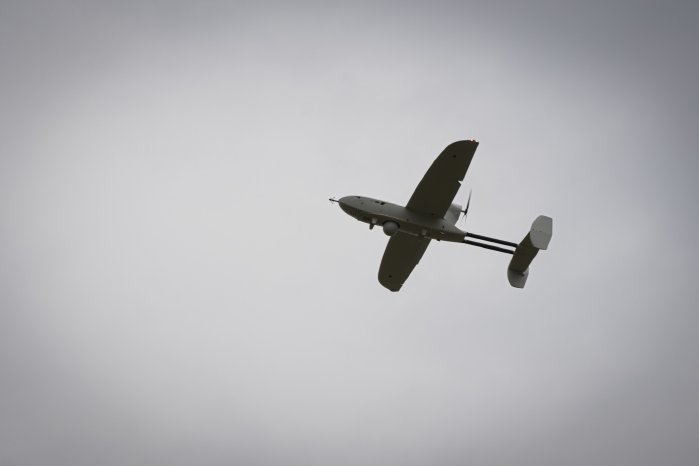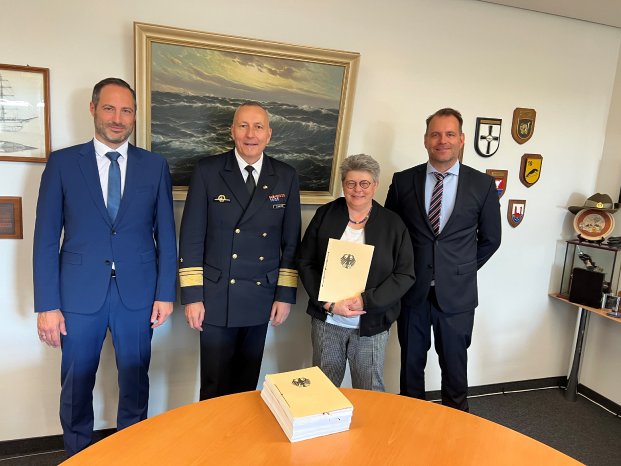The LUNA NG, a German acronym standing for “Air-supported Unmanned Short-range Reconnaissance Equipment, Next Generation”, will be known in the German armed forces as HUSAR. In all, twelve production systems have been ordered as well as a pilot system. The order is worth around €200 million (without value added tax). The first production system is due to be delivered in the second quarter of 2025. Also included in the order are a spare parts package and training support.
The HUSAR – as the name suggests – will be assigned to the German Army’s reconnaissance branch and also to the artillery. Another German acronym, HUSAR stands for “High-Efficiency Unmanned System for Medium-Range Reconnaissance”. Each system consists of five reconnaissance drones, two ground control systems, two launcher vehicles, two antenna masts, a repair shop and three transport platforms.
Experience gained in the war in Ukraine shows the decisive importance of real-time reconnaissance results at operational level. The LUNA NG was developed precisely for this purpose. It is one of the world’s newest systems for unmanned air-supported reconnaissance, classification and recognition of objects in real time.
Along with its outstanding performance parameters and type certification by Germany’s Federal Aviation Office, the LUNA NG is unique in its weight class, with a maximum take-off weight of 110 kilograms. Thanks to its aerodynamic, ultralight, high-stability design, the LUNA NG can remain aloft for over 12 hours.
Now official, the new order marks another important milestone for the UAV as well for Rheinmetall’s digitalization strategy. LUNA NG is a state-of-the-art sensor component for network-enabled operations which significantly enhances the effectiveness of the sensor-to-shooter chain. At the same time, the LUNA NG offers a basis for future development of the Rheinmetall product portfolio, including a vertical take-off and landing (VTOL) capability and new tactical possibilities thanks to a payload capacity of over 30 kilograms



